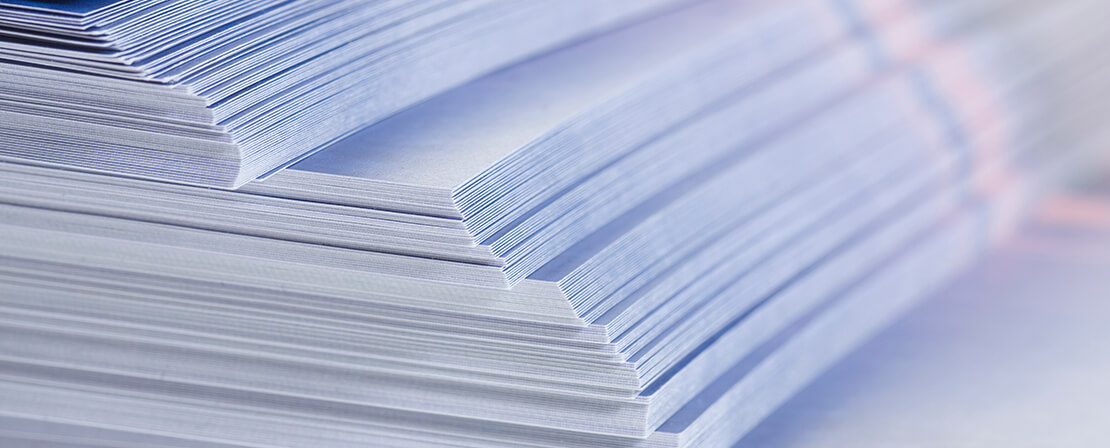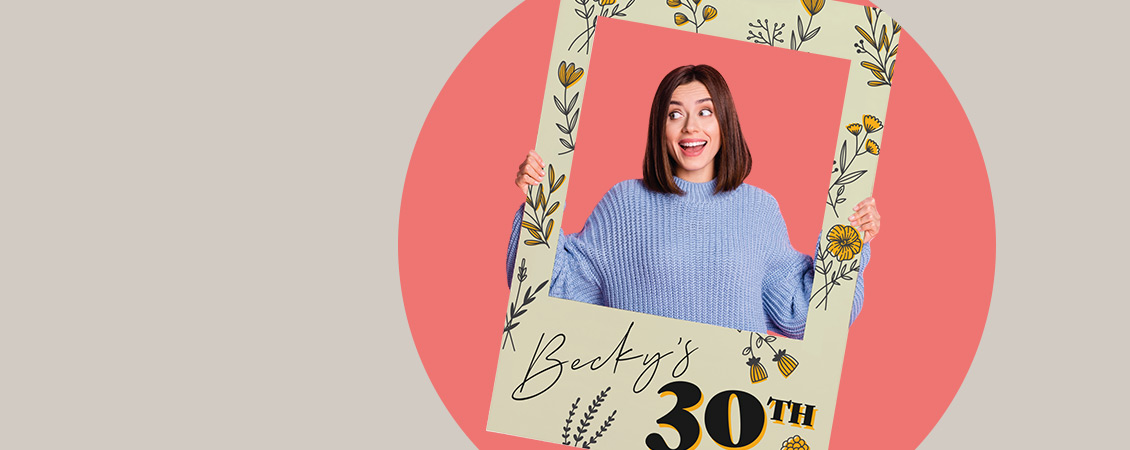Creating a brochure from scratch can be a pretty hefty task so it’s important that you have all the know-how to get you off to a flying start. From deciding what images to use to writing the content for the right audience, here we have put together our top tips to make creating your next marketing brochure a breeze.
Know the purpose
You may know that you want to create a booklet and pack it full of useful information about your brand and the products you offer, but the first thing to do before you jump in head first is to define the exact purpose of your brochure. Think about what you want to achieve. If the purpose is to highlight a brand new product range, you’ll need plenty of imagery. On the other hand, if it’s part of an introduction to your business, you may want to include the history and timeline of your business so far. Clearly outline the commercial objective of the booklet and you’re off to a great start.
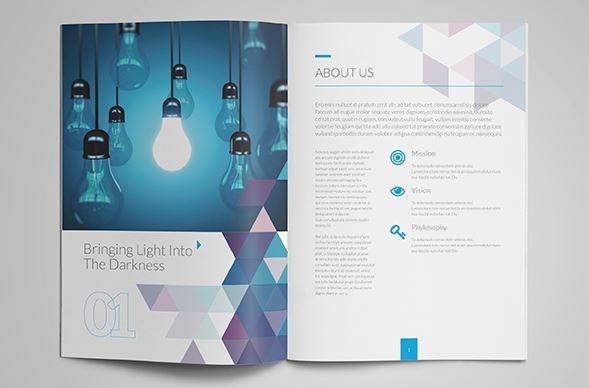
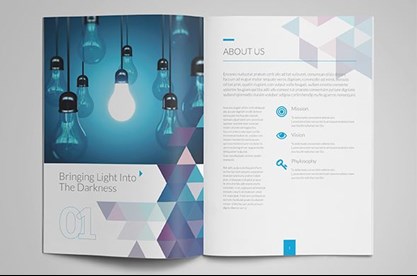
Image: behance.net
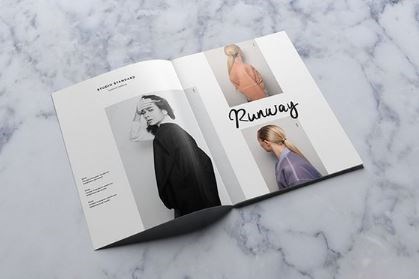
Image: pinthemall.net
Have the reader in mind
Always keep your audience in mind because this should dictate the style and tone of your booklet as well as how much detail you need to include. If the content is aimed at someone who’s really familiar with your industry then you can keep it pretty concise, but if you need to market to a complete newbie then you may have to include a lot more detail and omit the techy jargon. Booklets lend themselves well to detailed copy but be sure not to make the design too copy-heavy. Most people scan copy in a matter of seconds so make sure it’s laid out clear enough with plenty of breathing space so that the reader can find the exact nugget of information they were looking for.
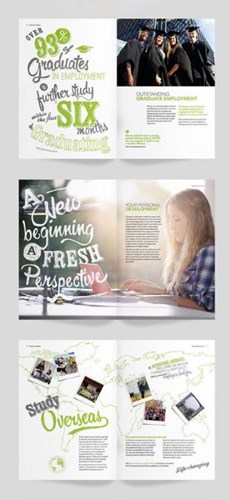
Image: pinterest.com
Sketch it out
Before you dive straight into full-blown design mode, sketch it out first. Doing this will give you an overview of the design and help you to decide what you want to place where. If you can get the copy done first that’s great! You can then use this to base your design around. Having a rough design on paper will help you to see where certain images are and what additional images are needed to finish the design off to showcase that brand spanking new product to the full!
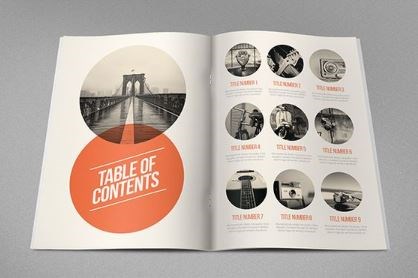
Image: graphicriver.net
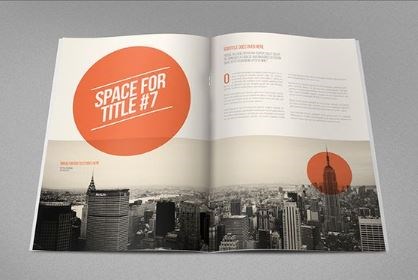
Image: graphicriver.net
Have a select colour palette
The look and feel of your booklet needs to be consistent throughout so make sure you have a set colour palette and font choice to bring it all together. That way, even if the layout of your pages vary through the brochure, it will still feel familiar all the way through and is instantly recognisable as a part of your brand.
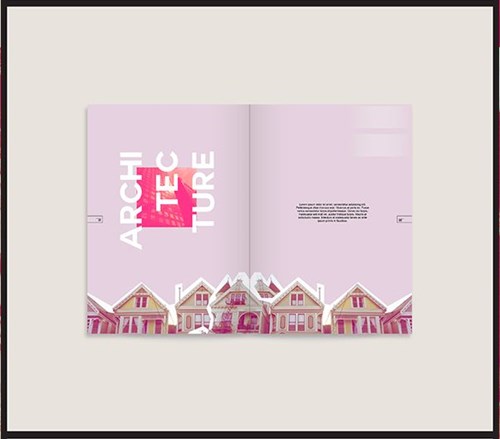
Image: behance.net
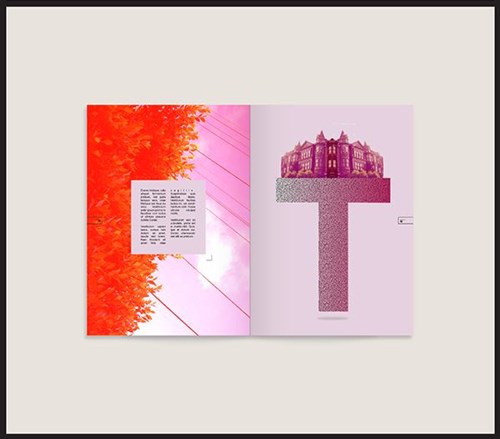
Image: behance.net
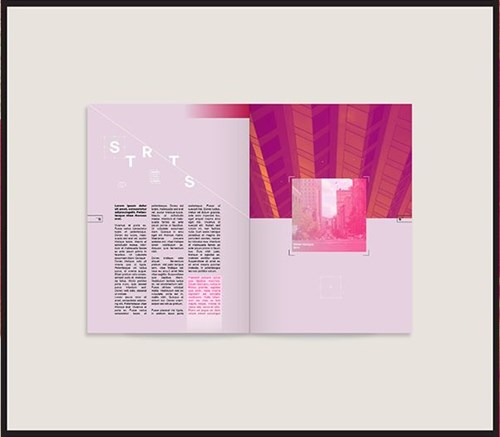
Image: behance.net
Match the copy to the design
If your design is colourful and fun, inject a little of that vibe into your writing too. You don’t want an innovative design then an overly formal content style and vice versa. It’s all about that consistency and balance to make you look the part. Speaking of matching, don’t force too much text into a tiny space, if the design you have in mind doesn’t allow for reams of text try to condense it down. After all, you don’t want to overwhelm the reader!
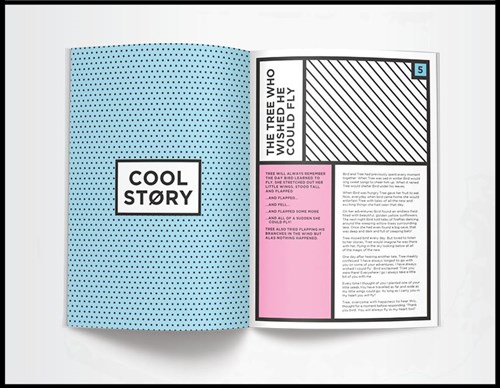
Image: shantisparrow.com
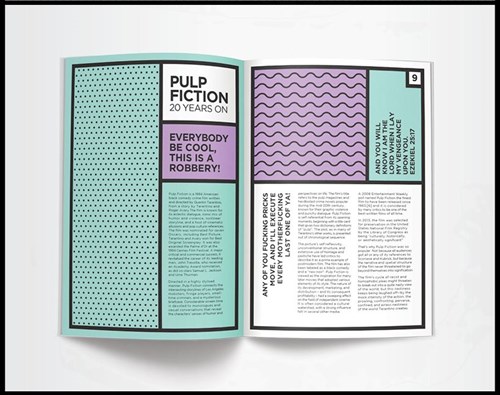
Image: shantisparrow.com
Think of the flow
When you’re in the process of designing a booklet, whether that be a corporate information brochure or a detailed product catalogue, think of how the information flows. The eye naturally drifts from left to right and attention is focused on images and clear headings. Guide the reader through the booklet and draw attention to the areas you want to focus on such as detailed product imagery and titles. It always helps to do some research too so grab a few different booklets and note where your eyes are drawn as you flick through.
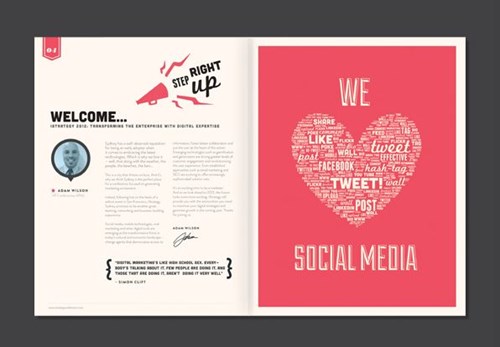
Image: behance.net
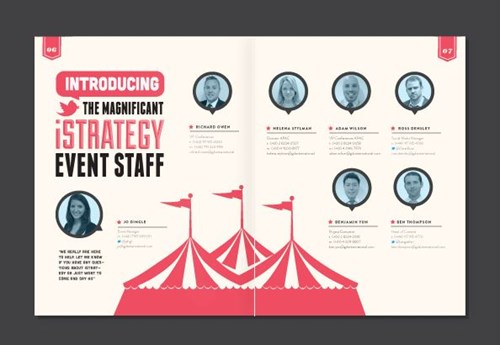
Image: behance.net
Choose your stock
Once you have perfected your design and you want to start printing your brochures, choose a stock that reflects your company and the style of the booklet design that you have chosen. If it’s a down-to-earth, retro feel you want to project perhaps go for an uncoated paper stock. If it’s high-end luxury you’re going for why not opt for booklets made out of silk paper with a velvet laminated cover? The stock you choose can be the cherry on top that your masterpiece is crying out for.
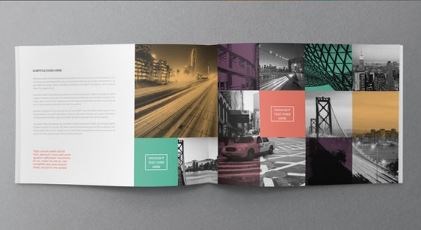
Image: graphicriver.net
Have you got any top tips for things to do or consider when creating a brochure?

 (1).png)


